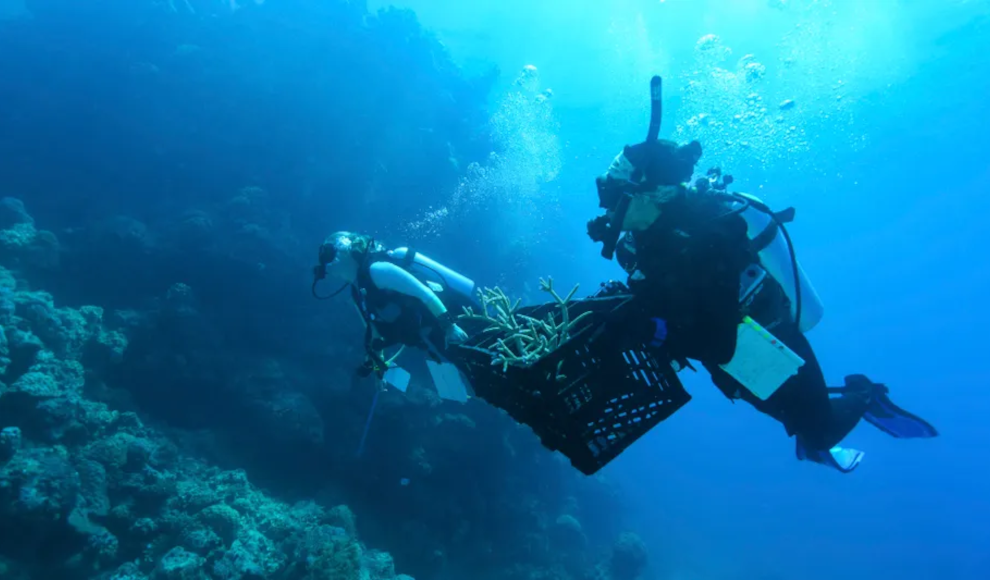The Great Barrier Reef, one of the world’s most iconic natural wonders, has been severely damaged by mass bleaching. However, there is hope for the reef as cultivated corals, which are meant to save it, have reproduced in the wild for the first time. Last summer, a heatwave damaged around 90% of the coral in the Great Barrier Reef, according to the Australian government. This was the fourth mass bleaching event to hit the reef in just seven years. Scientists have discovered a certain degree of coral bleaching in 91% of the 719 reefs they examined. In response, the Reef Restoration Foundation (RRF) has been cultivating new corals from fragments that survived the mass bleaching on Fitzroy Island. These corals are then used to replace the dead ones in the Great Barrier Reef. The researchers hope that these corals will be more resilient to climate change. The 2018 Acropora corals planted in the breeding station have already been brought to the Great Barrier Reef and have reached a diameter of about one meter. The Guardian reports that the corals have now spawned for the first time, which is a milestone. Corals reproduce by releasing mass amounts of eggs and sperm into the sea. This creates billions of larvae in the Great Barrier Reef, which then form new coral colonies. The RRF has established 33 breeding stations for corals, each of which grows about 100 corals. However, according to Azri Saparwan, a biologist, these cultivated corals can only contribute a small part to the preservation of the Great Barrier Reef. “Even if you were to plant one or two million corals, it wouldn’t be as much as the Great Barrier Reef can handle.” The Great Barrier Reef, which is about the size of Italy, consists of more than 3,000 individual coral reefs. Nathan Cook, a marine scientist at Reef Ecologic, also explains that reef restoration cannot compensate for the effects of climate change. “Restoring reefs is not a panacea for larger efforts to mitigate the impacts of climate change and carbon emissions. That should be the first thing we focus on. However, reef restoration can make a difference on a small local scale.”










